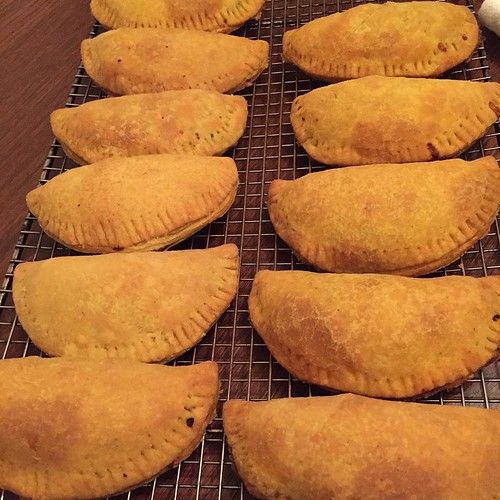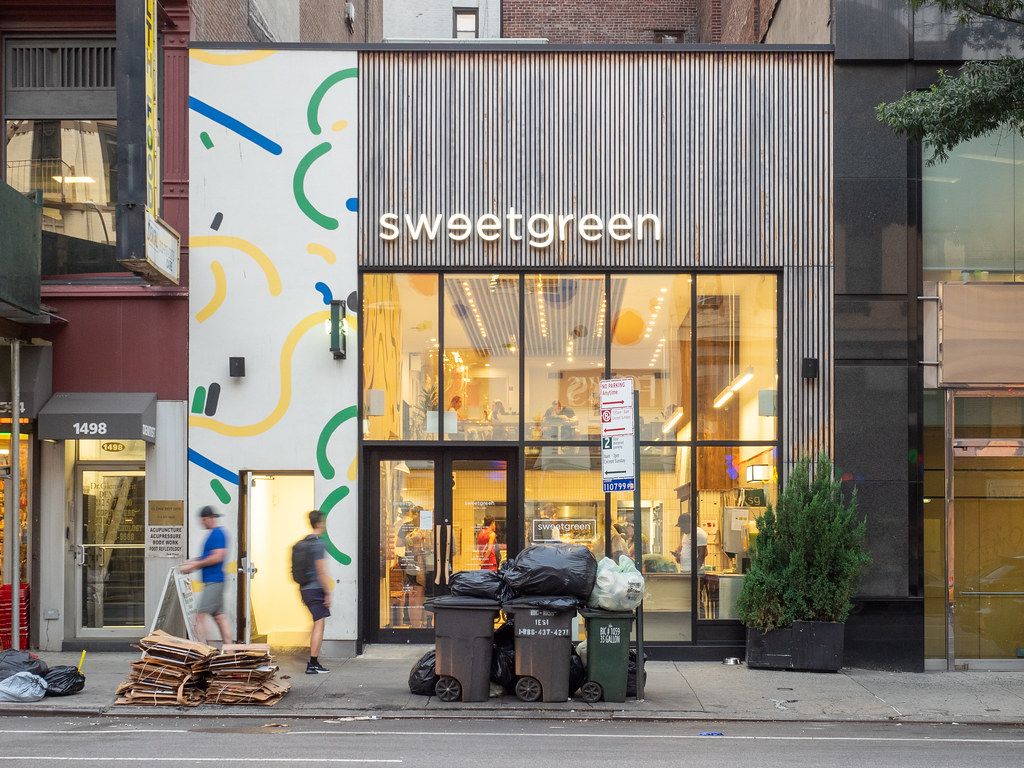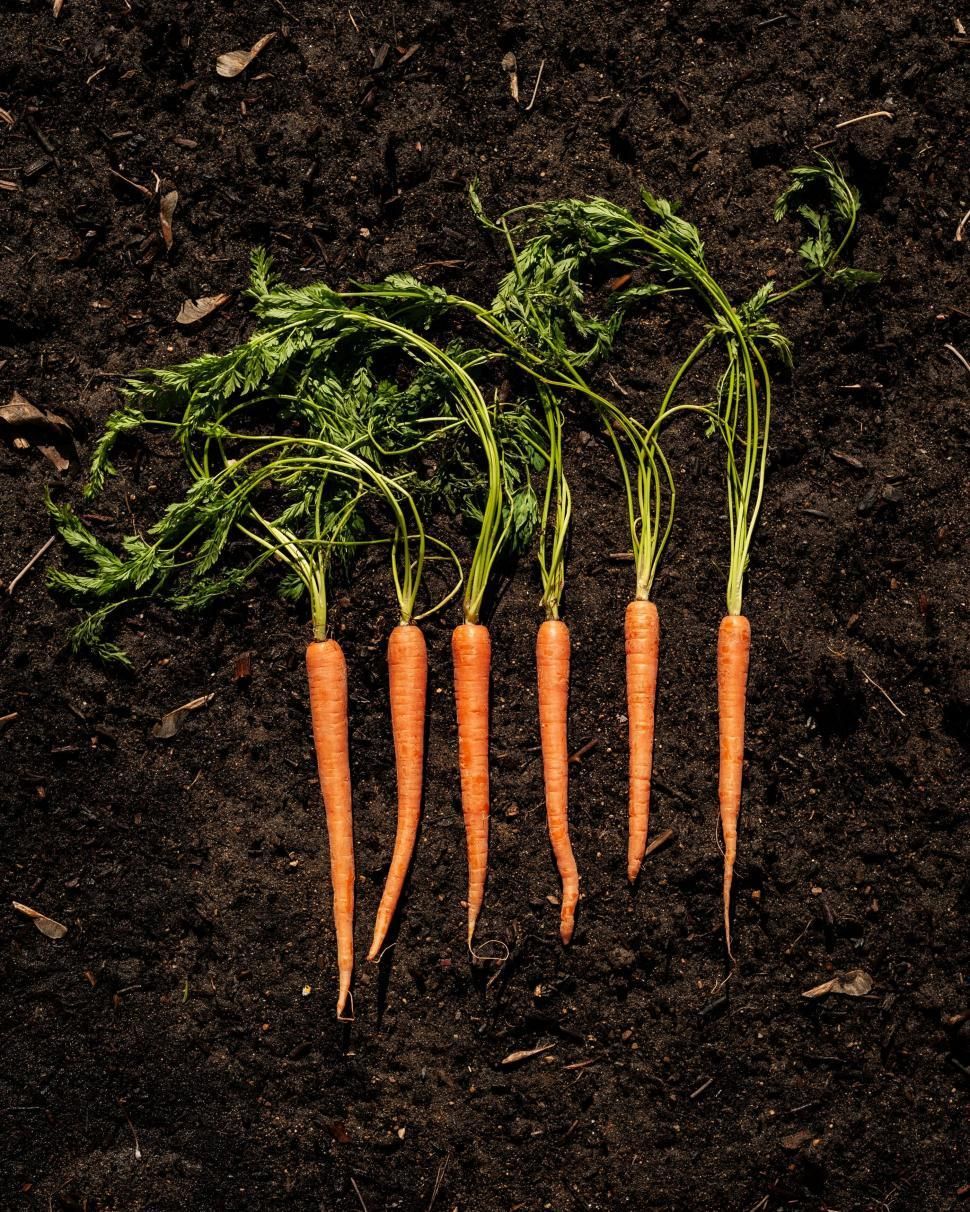
There’s a profound, almost primal satisfaction that comes from biting into a crisp, fresh carrot or tossing vibrant, richly colored leafy greens into a salad. It’s a simple joy that connects us to the earth and to good, wholesome food. But let’s be honest, for many of us, that joy is often fleeting. We return home from the grocery store or the farmers market, bags brimming with potential, only to discover a few days later that our once-perky produce has succumbed to the dreaded forces of wilting, sliminess, or outright decay. It’s a universal kitchen lament, and in an era where every penny counts and environmental consciousness is paramount, minimizing food waste isn’t just a good idea—it’s an imperative.
Our journey into the world of produce preservation isn’t about magical solutions or fleeting fads. Instead, it’s rooted in a rigorous, evidence-based approach, much like the precision we apply to our culinary recipes. We believe that by understanding the fundamental science behind why produce spoils, you can arm yourself with practical, actionable strategies that truly make a difference. This isn’t just about making your fruits and vegetables last longer; it’s about ensuring they retain their peak freshness, flavor, and nutritional value, allowing you to enjoy your bounty to the very last bite.
Before we even talk about storage, the first, most crucial step in extending the life of your produce begins before you even bring it home: selection. Just like a well-built house needs a strong foundation, long-lasting produce starts with the freshest ingredients. As Sharon Tyler Herbst and Ron Herbst wisely advise in The New Food Lover’s Companion, leafy greens should appear “richly colored” and be entirely free of “any limp or yellowing leaves,” which are clear indicators that they are already past their prime.
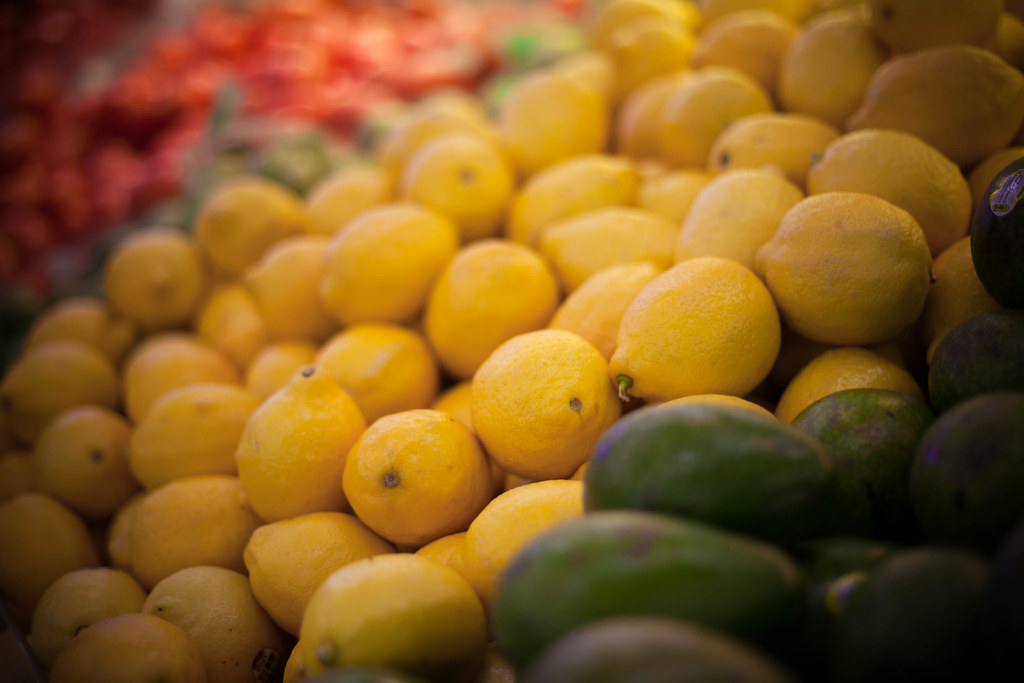
While grocery delivery services offer unparalleled convenience, they often strip away your direct control over the quality of your produce selection. This isn’t to say you should avoid them, but rather to highlight the advantage of in-person shopping when you have the opportunity. Ultimately, starting with the freshest possible ingredients is your initial defense against premature spoilage, laying the groundwork for all subsequent storage efforts to be truly effective. If you bring home something already compromised, even the most meticulous storage won’t revive it.
Once you’ve got your carefully selected produce home, the real science of storage begins. When it comes to preserving fresh fruits and vegetables, there are three critical factors that stand above all others: “temperature, ethylene, and airflow—the big three,” as Emily Gove, a sales strategist in fresh produce at Equal Exchange, succinctly puts it. Mastering these three elements is the cornerstone of effective produce storage, dictating whether your greens remain crisp or your apples stay firm.

Let’s unpack temperature first, as it’s often the most intuitive yet frequently mishandled aspect of produce storage. Many fruits and vegetables, particularly tender greens and delicate berries, flourish in the chilly embrace of the refrigerator, where lower temperatures significantly slow down the metabolic processes that lead to ripening and decay. However, it’s a common misconception that all produce belongs in the fridge. In fact, some items, like potatoes, onions, and garlic, are best kept at cool room temperatures.
Consider the humble potato: Harold McGee, in his authoritative Keys to Good Cooking: A Guide to Making the Best of Foods and Recipes, explains that “At warm room temperatures, potatoes will sprout and decay.” But the refrigerator isn’t their haven either. He further warns that “At refrigerator temperatures … they convert some starch into sugar, and can brown too quickly and scorch when fried.” This conversion not only affects their cooking performance but also their texture and flavor. Sweet potatoes and yams, while enjoying similar cool, dark storage, can develop a hard center and take longer to cook if refrigerated. Clearly, temperature is not a one-size-fits-all solution.
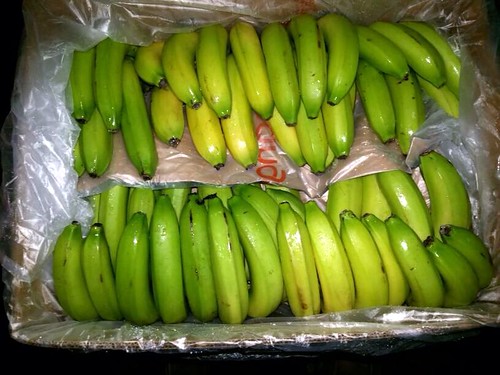
Next, we delve into the invisible, yet profoundly impactful, world of ethylene gas. This natural plant hormone is released by certain fruits, such as apples, bananas, and pears, and it acts as a powerful ripening agent. While this is beneficial for ripening some fruits, it hastens the ripening—and ultimately, the decay—of other produce types that are ethylene-sensitive. Think of it as a stealthy accelerator, speeding up the aging process for unsuspecting neighbors.
Crucially, ethylene-sensitive produce includes items like cabbage, leafy greens, lettuce, and broccoli. Our testing, and countless kitchen experiences, confirm that whether you choose to refrigerate or not, keeping ethylene-sensitive fruits and vegetables physically separate from ethylene-emitting ones is non-negotiable. This simple act of segregation can dramatically extend the life of your most vulnerable greens and vegetables, preventing that disheartening discovery of prematurely wilted or discolored produce.

Let’s talk about airflow, or more precisely, air circulation, and its interplay with humidity. Produce that thrives at room temperature, such as bananas, potatoes, and onions, absolutely craves good air circulation. It’s a common mistake to leave them in the plastic bags they came in from the grocery store. Our extensive observations show that plastic bags, even perforated ones, tragically hasten premature spoilage for these items. These products will last significantly longer if removed from their confinement and allowed to breathe freely.
Conversely, most refrigerated produce benefits immensely from being sealed. This means storing them in zip-top plastic bags, reusable silicone pouches, or containers with tight-fitting lids. Why? These enclosures are designed to hold in moisture, acting as a protective barrier against dehydration—a leading cause of wilting in the cold, dry environment of a refrigerator. Moreover, sealed containers offer an additional layer of defense, shielding sensitive produce from the pervasive effects of ethylene gas that might be lurking elsewhere in your fridge. Even simple grocery store produce bags, when tied or folded to seal, can serve this moisture-retaining purpose effectively.
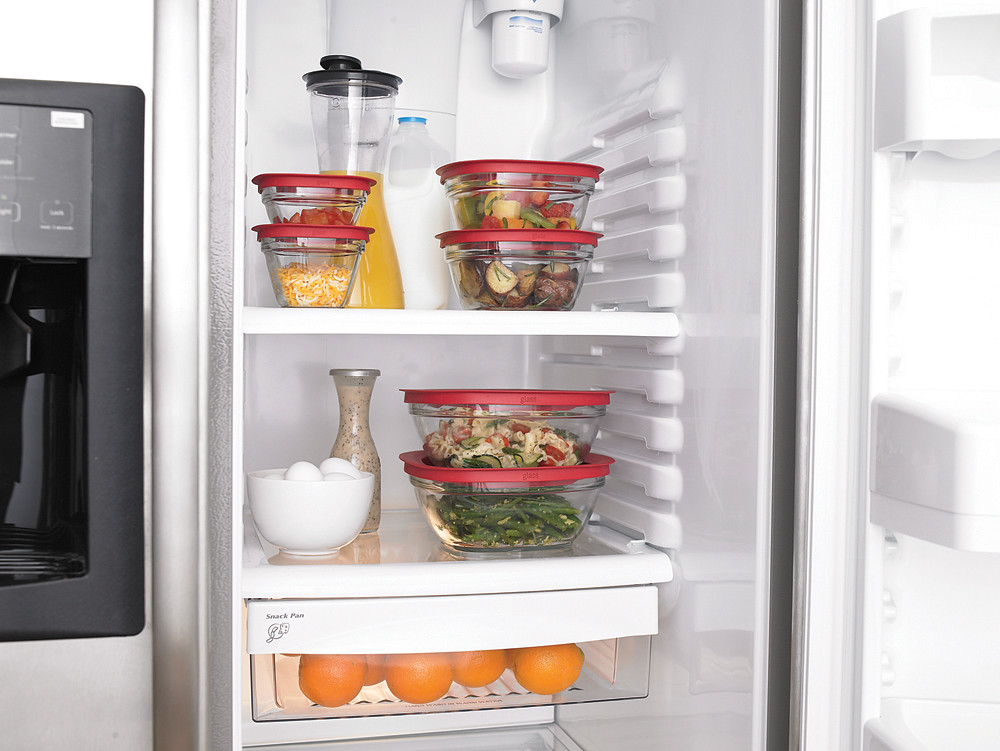
So, with these foundational principles in mind, let’s transition to some broader, practical strategies that our testing and expert insights have consistently proven to be effective. These are the actionable steps you can implement today to revolutionize your produce storage habits.
One of the most persistent myths, and a common culprit behind rapid spoilage, is the idea that you should wash all your produce as soon as you bring it home. This seems intuitive for cleanliness, but it’s a fast track to mold and rot. Senaka Ranadheera, Associate Professor in the School of Agriculture, Food and Ecosystem Sciences at the University of Melbourne, confirms this: “You don’t need to wash your produce before storing it. A lot of what we buy has already been washed commercially. In fact, if you wash your produce and can’t get it completely dry, the added moisture could speed up decay in the fridge.” Excess moisture is the enemy of freshness for many items, creating an ideal breeding ground for bacteria and fungi.
Your refrigerator’s crisper drawers are not just arbitrary compartments; they are engineered tools designed to help you manage humidity. Most modern refrigerators feature crisper drawers with adjustable humidity settings. Julia Watkins, author of Simply Living Well, highlights that “The ideal temperature for keeping foods fresh is at or slightly below 40°F.” She further elaborates on internal fridge temperatures: “Since heat rises, the refrigerator is typically colder in the bottom drawers than on the top shelves. The warmer upper shelves are an ideal place for storing foods that aren’t likely to spoil. Think condiments, yogurt, leftovers, dips, and sauces. The bottom drawers, on the other hand, are the coldest place in the fridge, which makes them ideal for storing foods with the highest risk of going bad, such as meat, poultry, and fish.”
Read more about: Beyond the Tingle: Uncovering the Potent Health Benefits of Spicy Foods for a Vibrant Life

This nuanced understanding of your fridge’s internal climate is critical. For leafy greens, carrots, and cucumbers, you’ll want to utilize the high-humidity setting, which helps to prevent moisture loss and wilting. For fruits that need to ripen slowly, like apples and pears, the low-humidity setting is ideal. Our extensive testing reinforces that leveraging these crisper drawer capabilities can significantly extend the lifespan of your produce, transforming them from simple storage bins into active preservation chambers. Ranadheera recommends putting leafy greens, carrots, cucumbers, cauliflower and broccoli in the low-humidity drawer (crisper) in the fridge, using perforated plastic bags to retain moisture while maintaining air flow, but cautions against completely sealed bags which can slow down ripening while trapping carbon dioxide, leading to decay and bad smells.
One of the most common frustrations is discovering limp, sad leafy greens or herbs that have lost their vibrant snap. For those times when your head of lettuce looks a little tired, Emily Gove offers a brilliant solution that mimics how flowers are kept fresh: “Get a bucket or vase and put a little water [about a half-inch] in the bottom. Then trim a little off the bottom of the root and place the head of lettuce in the vase.” Keep the leaves upright and the root submerged in the water, then loosely tent the entire setup with a plastic bag and refrigerate. This simple trick can often revive limp lettuce in a single day, assuming it wasn’t too far gone.
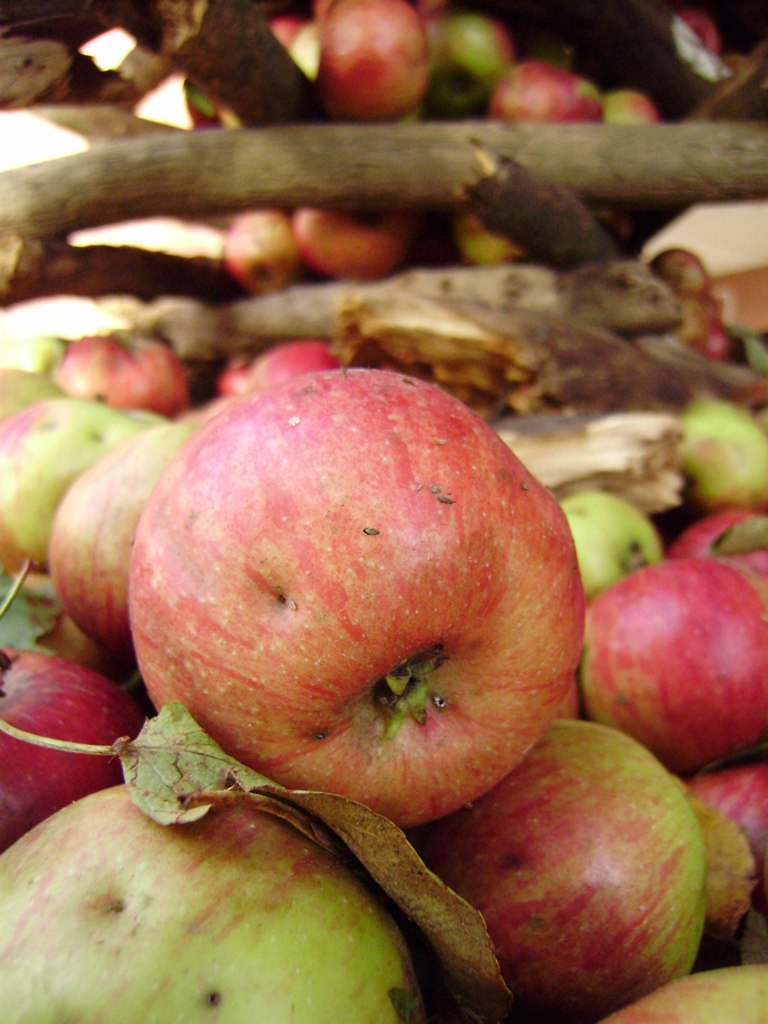
We must address the ultimate question: when is produce truly past its prime? The factors that affect produce freshness—temperature, humidity, and how recently an item was harvested—can vary widely. Many of us strive to limit food waste, for both economical and environmental reasons, and you might find that your produce can last longer than typical timelines suggest. This is where your judgment becomes your most valuable tool. If something still looks, smells, and tastes perfectly fine, there’s no need to default to throwing it away.
However, it is equally important to trust your instincts. If something feels off—if there’s a strange odor, an unusual sliminess, or a discolored patch that makes you uneasy—then it’s time to adhere to the fundamental food safety adage: When in doubt, throw it out. While we’re advocates for maximizing longevity, we prioritize your health and safety above all else. Remember, any injury to produce, from a bruise to a scratch, can accelerate ripening or rot. If an item is compromised, use it first, and always remove any “bad apples” from the group; as the old saying goes, one rotten item truly can spoil the whole bunch by emitting spoilage-inducing gases and moisture.”


